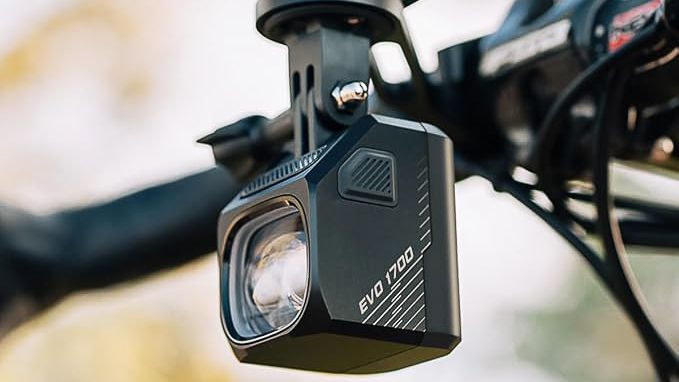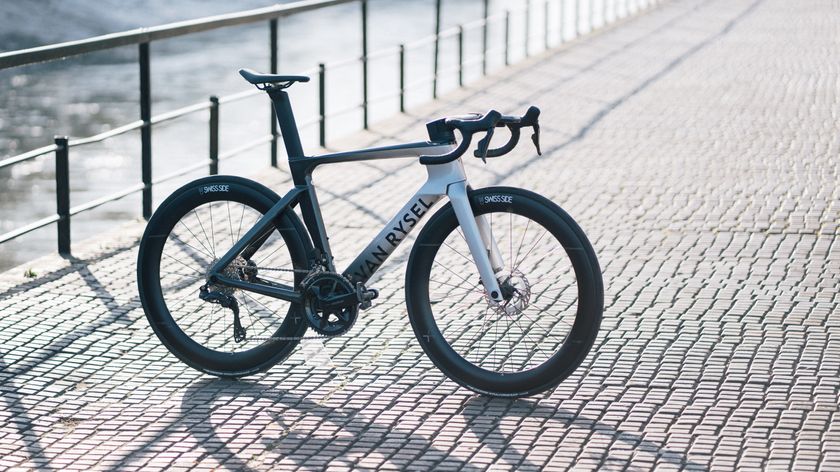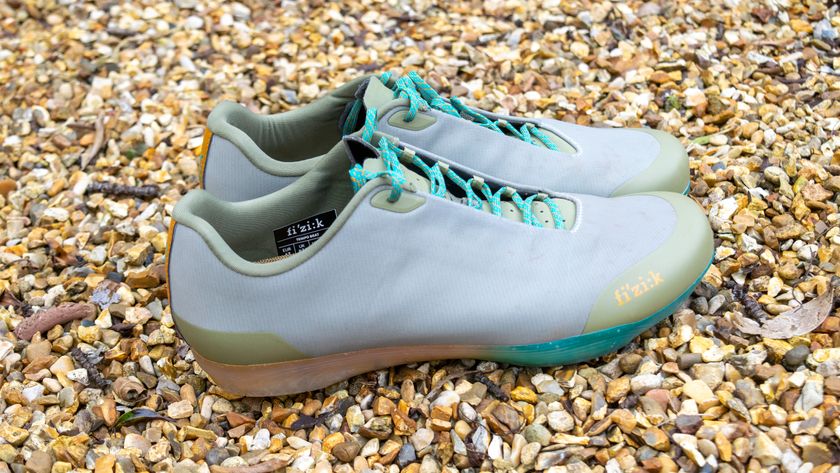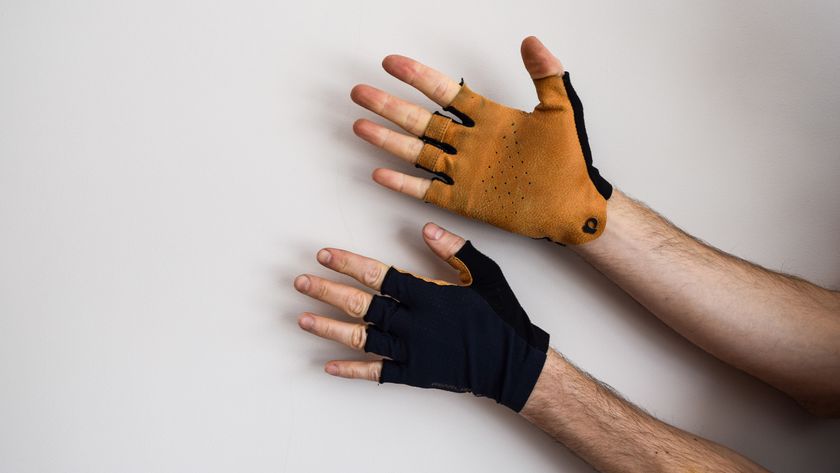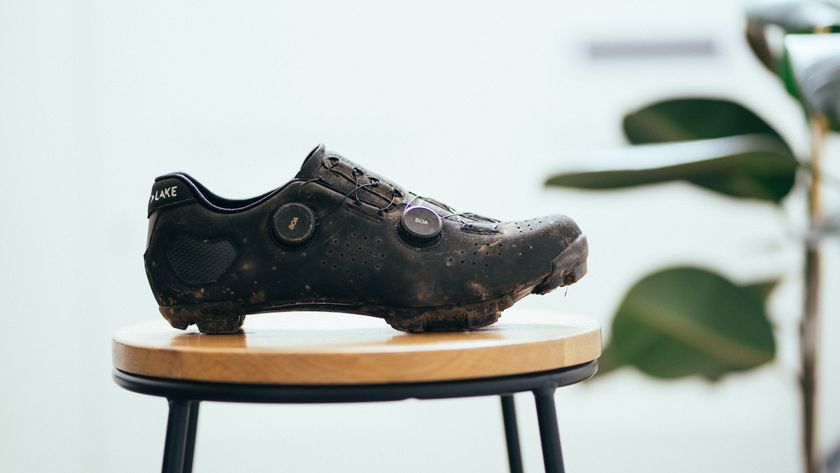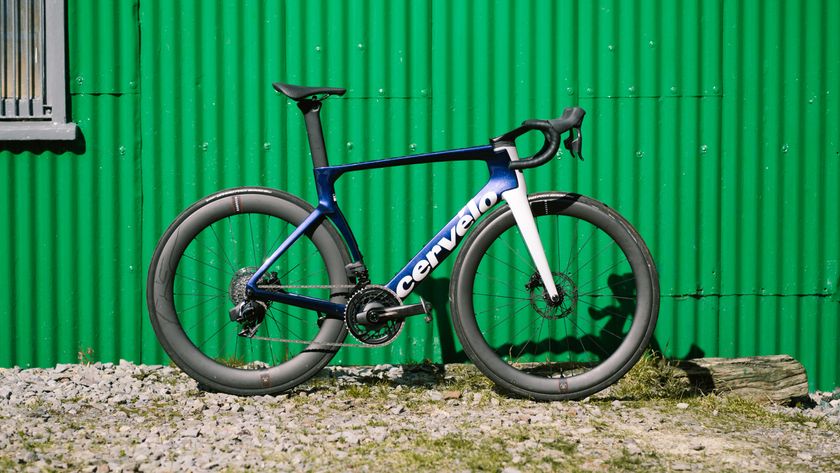You can trust Cyclingnews



The iBike Aero from VeloComp aims to provide a lightweight, simple to use and cheap alternative to direct power measurement while maintaining comparable accuracy. At $799.00 for the Aero model reviewed here, only Polar’s chain-tension based system comes close to matching it in price.
iBike uses speed data from an ANT+ sensor (in our case, via a CycleOps PowerTap hub) together with atmospheric pressure, acceleration and wind speed measurements gathered by onboard sensors to calculate the power required to overcome the restraining forces of aerodynamic drag, rolling resistance and gravity.
Many modern cycle computers measure gradient and altitude like the iBike does, but the use of wind speed data to calculate aerodynamic drag really sets it apart. The speed of the rider relative to the air is measured via a small port in the front of the head unit and this data is combined with an approximated value of aerodynamic drag coefficient (Cda) to allow the work done against wind resistance to be estimated.
By calculating the work done against gravity and rolling resistance, and adding this to the wind resistance, the iBike estimates the power necessary to achieve the current riding speed. This process isn’t really power measurement, it's power estimation.
Once the head unit is out of the box, the sensors and wireless mount are easily attached to the bike and the iBike instantly recognises any ANT+ sensors present. Simply enter rider and bike weight, and measure the inclination of the head unit on the handlebars using a short tilt calibration procedure, and the unit is ready for on-road calibration.
In the ‘Fast start’ mode, the iBike estimates the aerodynamic drag created by the rider based on height and weight, so only a two-mile out-and-back calibration ride is required to begin training. For increased accuracy, it can measure aerodynamic drag coefficient (Cda) and rolling resistance (Crr), logging speed, wind and gradient data as the bike coasts from 20mph down to 8mph.
For best accuracy, the unit can be calibrated against a direct force power meter such as PowerTap or SRM by comparing the two sets of data within the iBike software. The ‘Fast Start’ setup process, including the two-mile ride, takes about 30 minutes, with coast-down calibration adding around 20 minutes if all goes to plan. Setup may prove trouble-free for some users but we’d advise setting aside some time for bug-fixing.
Once riding, current speed is displayed at the top of the main screen, with power, ride time, cadence and heart rate displayed beneath on two smaller lines. Curiously, power is displayed in smaller digits than current speed. Ride summary data, including average and maximum values for speed, cadence, heart rate and power, as well as useful training metrics like Normalized Power (NP) and Training Stress Score (TSS), are accessible only by scrolling through a series of screens.
Having detailed power data available in real time is useful but unlike other head units designed for use with power meters, the data fields shown on each display can’t be customised to suit rider preference. iBike power data gives a feel for riding effort, with current power generally behaving as expected, but inaccurate readings caused by crosswinds or rough roads means power readings can vary widely even when rider effort isn’t fluctuating.
We compared power readings from the iBike to data taken from a PowerTap hub for a range of training files, as well as comparing several rides where route, equipment and position were kept identical. When using the estimated aerodynamic drag coefficient (generated by the Fast Start option), average readings for an entire ride differed from the PowerTap data by up to 30 percent, with most rides showing discrepancies of around 15 percent.
Once coast-down calibration had been completed, the iBike's estimated average power over entire rides still differed from the measured values by up to 15 percent. Considering the data analysis and monotony involved in performing the coast-downs, we were hoping for better accuracy than this.
The iBike can be coaxed into adequate prediction of power output when calibrated directly with a direct force power meter. This reduces prediction error to less than 10 percent over the course of a single ride, with many rides within five percent of the PowerTap readings.
Each ride we analysed varied by a different amount compared to the PowerTap data, and within each ride the iBike power data was significantly different from the PowerTap data, making pacing difficult using the iBike alone. Even when all equipment is identical and only riding conditions and route change, the difference between iBike and PowerTap data isn't consistent, which makes any data comparison between sessions inaccurate.
The iBike Aero claims to offer users of a direct force power meter (like a PowerTap or SRM) real-time measurement of aerodynamic drag so they can test riding positions and equipment, and change their setup to minimise drag and maximise speed.
Because of the variability of the iBike's power predictions, this tantalising promise just doesn’t live up to expectations. Try as we might, we couldn’t get the iBike to repeatably measure the aerodynamic advantage of changing between a 20mm and a 66mm front wheel, let alone compare different time trial positions.
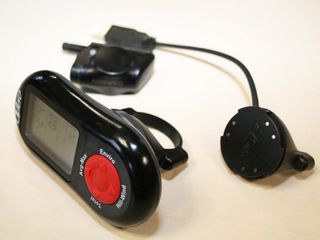
Data is downloadable via a USB adaptor to PC for analysis, either using the iBike software or any of the common power training programs. A serious drawback for iBike users in temperate climates is the use of CR2032 batteries to power the head unit and wireless receiver.
During our test period we experienced battery life of up to 30 hours in warm weather, but in temperatures of around five degrees the battery lasted just two hours before the low power warning was displayed. Although easy to change, trying to swap batteries in the rain with cold fingers just isn't any fun.
The iBike is a neat idea, but in our test region of variable road surfaces and swirling winds, even when carefully calibrated, the measurement error on a single ride is too high for it to be an effective training tool. Despite the iBike being cheaper than competing power meters, it simply isn’t worth the money just yet, but we hope VeloComp can iron out the bugs and realise the iBike's potential.
For those seeking a truly budget power meter, the basic $199.00 iBike Sport offers all the power measurement features but without the ability to download data.
